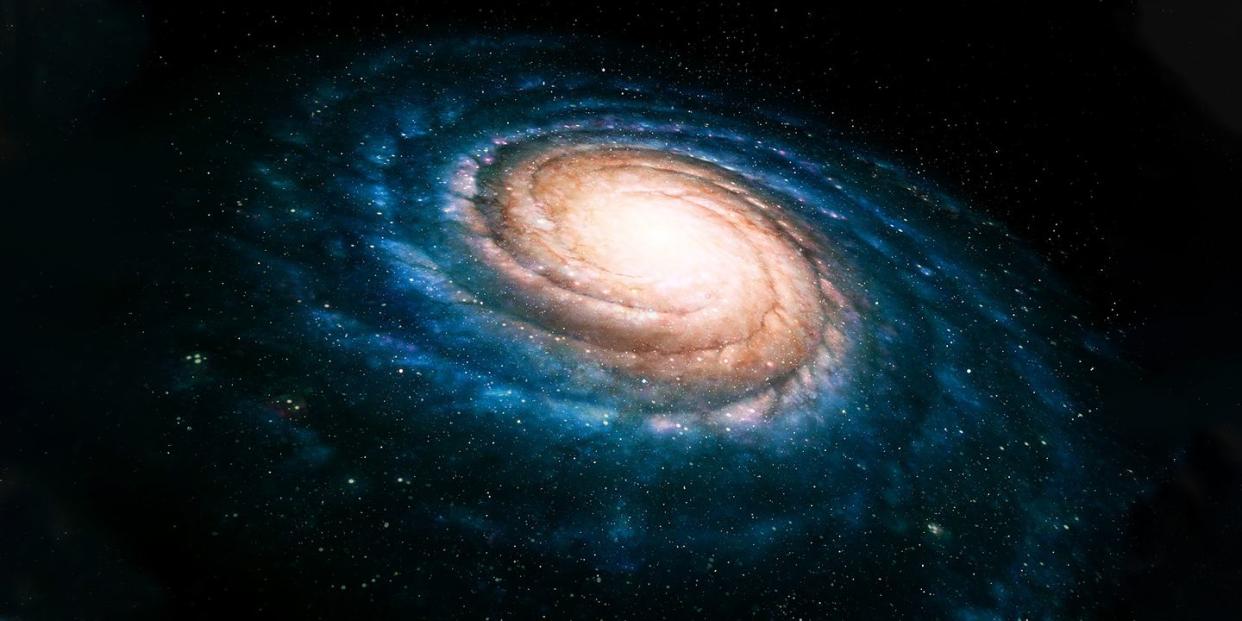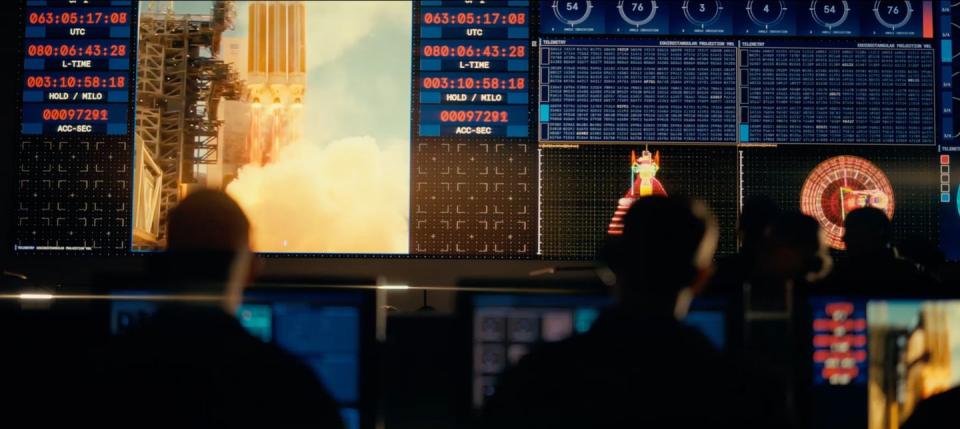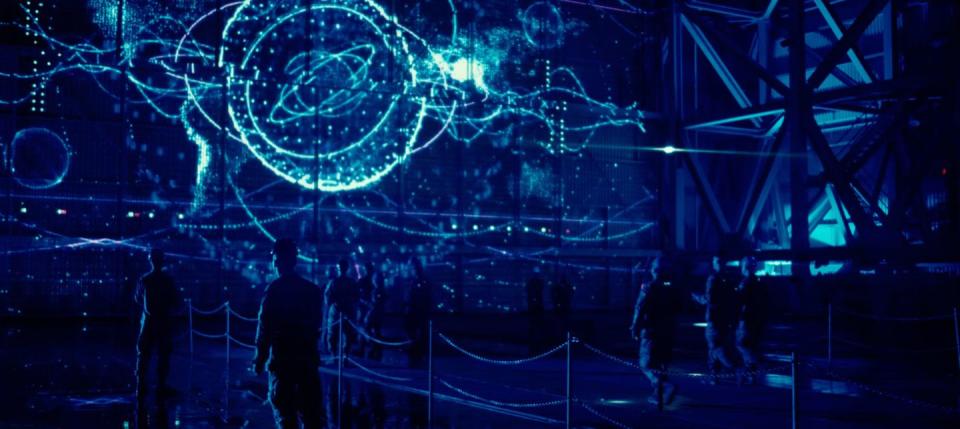5 Pressing Questions About the U.S. Space Force, Answered

On December 20, 2019, with a presidential pen swipe, the United States Space Force was made official, and the military welcomed its first new branch since the Air Force was established more than seven decades ago.
It’s small in size—currently just over 5,000 uniformed members (or “Guardians”)—but weighty in its purpose of protecting American interests and its allies in their day-to-day actions in space. And we’re not just talking outer-outer space. “The front of where the Guardians operate is [just] 100 kilometers above [us], around every point on Earth,” says Chief Master Sgt. John Bentivegna, senior enlisted leader for Space Operations Command at Peterson Space Force Base.
The impetus for this war-fighting element? “We have potential adversaries and competitors in the space domain,” says Space Operations Command CAG Director Lt. Col. Jeffrey Weisler. “It is now becoming... more contested, congested and, in some cases, a very hostile domain.” For clarity on what that means, exactly—and answers to other common Space Force queries—read on.
Why is the Space Force needed right now, in 2021?
Other potentially hostile global powers have begun to up their space game. Over the last 10 to 15 years, says Lt. Col. Weisler, “We have seen... both Russia and China bringing on new capabilities. They are aggressive in nature...and are displaying them to the United States openly.”
This is relevant to all of us because nearly everything in our daily existence relies on some space functionality: electric power grids, weather satellites, GPS constellations, watching television, or a major gas pipeline, for example. (In fact, some predictions have the global space economy reaching $1 trillion within two decades.) Beyond that, modern warfare is also fought with weapons that rely on space effects, and future wars may begin in, or extend to, the space domain.

How is the Space Force different from—and similar to—NASA?
Space Force officials emphasize their two separate missions. “NASA is about exploring the solar system and exploring the earth, and doing other scientific investigations,” says Michael Dickey, Force Design Integration Office director at the Space Force’s Space Warfighting Analysis Center. “Our business is national security.”
Interestingly, while NASA does currently exist solely for scientific and exploration pursuits, this wasn’t always the case. NASA’s 1958 founding was directly tied to national defense, with space exploration emerging as a stand-in for a hot war with Russia. Additionally, the first NASA astronauts were Air Force test pilots (and the first Space Force Guardians were former airmen).
NASA and the Space Force also intersect when it comes to certain technologies—specifically those that have to do with propulsion, human spaceflight, and space protection. In fact, late last year the two signed a memorandum of understanding to facilitate collaboration and the sharing of research.
What kinds of skill sets are needed among Space Force Guardians?
“It's a very high-tech, technically proficient workforce that the service needs,” says Dickey. Guardians need to be “masters of space warfare,” according to the U.S. Space Force doctrine, which means military intelligence, engineering proficiency, a mastery of the physics of space, and an ability to decipher and organize large data sets are all key.

The division also works with satellites that are, potentially, hundreds of thousands of miles away. “These aren't robots like your Roomba,” says Dickey. “These are exquisite systems that are 24/7, 365.” That requires a workforce that knows satellites—and how to design them, code them, and repair them. Some Guardians are responsible for sending these satellites to space and keeping them there in orbit, so engineers, rocket scientists, and chemists who can contain controlled explosions are currently being recruited.
What are some projects the Space Force is working on these days?
The Space Force may be fairly new—its first officer graduating class from the Academy was in June 2020, and the first class of enlisted members took their oath of enlistment in October 2020—but it is already bustling with broad initiatives and day-to-day operations. Ground-based radar sensors, missile warning defense systems, and a slew of satellites need monitoring, for one. “We have a constellation of over 36 satellites that need care and feeding every day,” says Chief Master Sgt. Bentivegna. Additionally, in May, the Space Force helped SpaceX with a design review of a previously flown rocket booster that carried a third-generation GPS satellite to the constellation in Medium Earth Orbit in June. (Worth noting: American commercial assets, like those satellites and communication systems put up by SpaceX, are U.S.-flagged spacecrafts and therefore in need of protection by the US Space Force on a regular basis as well.)
Later this summer, the Space Force will stand up Space Systems Command at Los Angeles Air Force Base in California, which will take over launch responsibilities at both Patrick Space Force Base in Florida and Vandenberg Space Force Base in California. They are also set to stand up Space Training and Readiness (STAR) Command in Colorado, which will be responsible for setting up combat-ready space forces.
What’s ahead for the Space Force?
In the next year or two, as US interests expand to cislunar space, the expectation is that the USSF mission will grow with them, according to Dickey. “Tactical-level intelligence, surveillance, and reconnaissance, where it is persistent and directly supporting warfighting maneuvers on the ground and in the air, will likely migrate to space,” he says. National Reconnaissance Office's tactical surveillance missions will also continue to evolve to include space.
Also in the not-so-distant future: asteroid mining, something that various commercial entities, not only ones in America, have their eye on. “There are civilian corporations in the United States, China, and Russia... that are all looking to get to cislunar (between the Earth and the moon) to start looking at mining,” says Lt. Col. Weisler. “There are significant minerals in some of those areas...on asteroids that are highly valuable.” This means it will be up to the Space Force to protect American commercial entities as they embark on this new frontier.
And then there’s America’s planned return to the moon in 2024. While that’s a NASA mission, the Space Force will be involved too, notes Lt. Col. Weisler. The bottom line: When Americans blast off for the moon—and, perhaps only a few years later, to Mars—it will be the Space Force’s mission to support the launch, spaceflight safety, and the return of the NASA astronauts.
You Might Also Like

